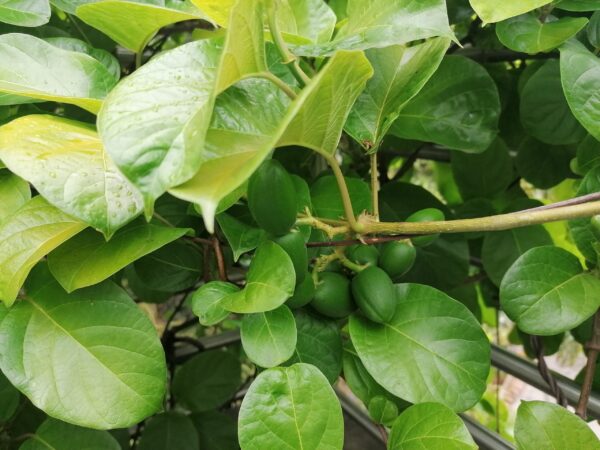African Ginseng (Mondia whitei) can, and should, become important again as a crop in today’s more ecologically sensitive, small-scale farming community.
The indigenous African Ginseng is a fast growing vine that is completely undomesticated, yet it deserves a place in any food forest.
It also has a host of potential commercial applications for someone with imagination and an adventurous turn of mind.
Range
With a range through much of sub-Saharan Africa it is heavily utilised from the wild as both food and medicine. Because of this over-exploitation it is considered endangered and at risk of extinction. This is entirely unnecessary as it is easily propagated and very fast growing.
Attractive
It is remarkably attractive as well, with large decorative leaves and red/maroon (or rarely yellow) flowers in season.

The vine is neat and binds closely to a support, so can be used to cover gazebos or green facades with equal ease. It requires little pruning to shape.
Propagation
The plant is easily propagated from seed or cuttings. It does require support and can be grown on a trellis, a fence or a suitable tree.
Plants are large, but tidy.
Deep, fertile soil is best as one of the usable parts of the plant is its tuberous roots, which can be harvested non-destructively, but only if the soil is easily dug and replaced.
The plant is virtually evergreen in warm climates with a short deciduous phase in late spring, but in cold climates it can be cut back by the frost to the roots, which should be mulched well to protect them from the chill.
Moderate water and fertilization needs make this species remarkably easy to cultivate. Under the right conditions it pretty much grows itself. A good multi-nutrient fertilizer in season and some supplemental water during drought will increase growth and yields.
Seeds and cuttings
Seeds are produced in horned pods in November and December after spending winter on the vines. They have thistledown and will blow away in the wind so it pays to collect them just as they start to crack open and then dry them indoors.
Plants produce a lot of seed, but you need two clones to produce them so do not plant all your stock from the cuttings of one plant.
Cuttings are easy from semi-hardwood cuttings in summer, and will even root in a glass of water.
Tuberous roots
The tuberous roots contain aromatic compounds that are related to vanillin, the active ingredient of vanilla. The taste can be described as ginger/vanilla with a hint of liquorish, often with cinnamon notes (very complex).
Uses
They are used for a myriad different traditional purposes, from brewing a ginger beer-like drink, to medicinal uses that include heartburn to indigestion, flatulence, gonorrhea, abdominal pain and constipation, bilharzia, premature uterine contractions in pregnant women, as an appetite stimulant, and for asthma, and high blood pressure.
Perhaps its best known use in South African traditional medicine is as an aphrodisiac and sperm function promoter, as well as a potent energizer.
As a novel African spice this plant is of huge interest to the food production industry, and one can infuse it in a neutral spirit such as white rum for both drinking and cooking purposes. It can also be dried and powdered in a grinder.

The leaves are edible, and can be cooked with butter or olive oil as a substitute for spinach, and if made into little bundles they are an almost perfect substitute for waterblommetjies in both taste and texture.
Great as a fodder for domestic animals, they can also be dried and taken as a supplement. They contain the vitamins A, D, K and E, and the minerals magnesium, zinc, iron, calcium, as well protein.
For more information on this, or other orphan crops, contact Jason Sampson: jason.sampson@up.ac.za.
Main image: African ginseng seed pods. All images courtesy Jason Sampson

